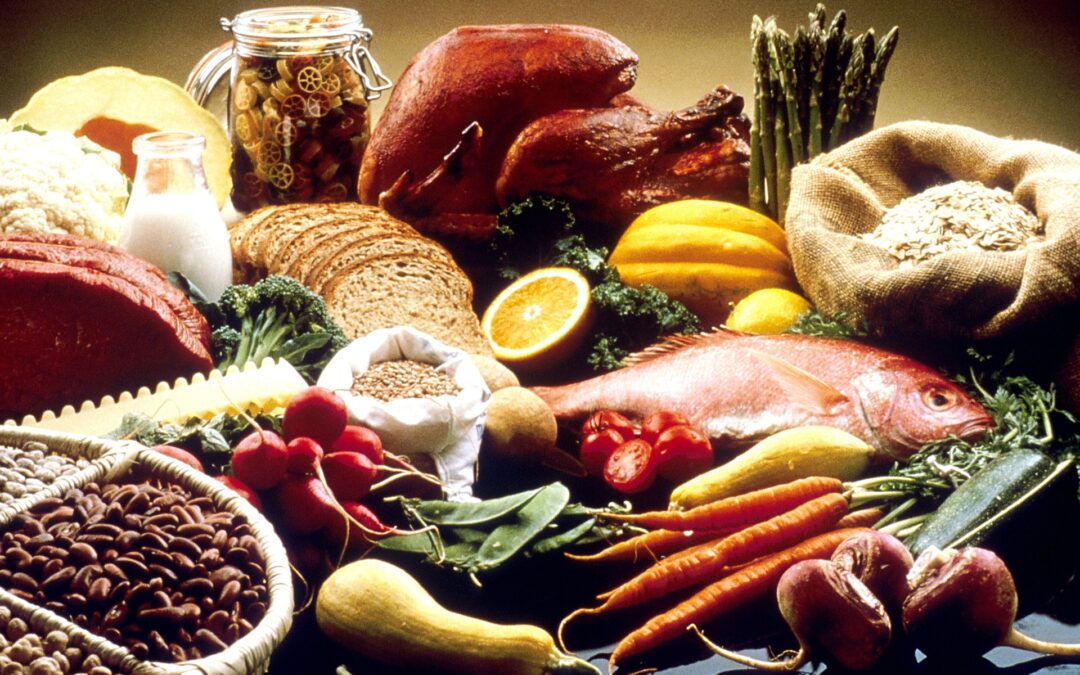Prevalence of Food Insecurity in NCAA Division III Collegiate Athletes
Brown ML, Karpinski C, Bragdon M, Mackenzie M, Abbey E. J Am Coll Health. 2021 Sep 1:1-7. doi: 10.1080/07448481.2021.1942886. Epub ahead of print.
https://pubmed.ncbi.nlm.nih.gov/34469260/
Take-Home Message
Food insecurities exist among NCAA Division III student-athletes, and numerous risk factors increase the risk of food insecurity.
Background
A lack of consistent access to safe and healthy food (food insecurity) is a health care concern affecting 20-42% of college students. However, research on the prevalence of food insecurity and the risk of food insecurity has focused on Division I athletes and nonathletes, leaving much unknown regarding food insecurity among Division II and III student-athletes.
Study Goal
The authors sought to determine the prevalence of food insecurity among NCAA Division III student-athletes.
Methods
The authors surveyed 787 NCAA Division III student-athletes in February 2020. The athletes completed a 41-question online survey comprising 18 demographic questions, 5 questions about food insecurity, and 17 additional questions about food insecurity developed by the authors. The authors recruited athletes by emailing the athletic director at each program with a request to share the survey information and link with their athletes.
Results
The participants represented 20 of the 44 Division III conferences and 19 of the 24 NCAA sports. Most of the participants were white (82%) females (63%) between the ages of 18 to 21 years (89%). Almost 1 in 5 athletes reported being first-generation college students, and 18% received a Pell Grant. Additionally, the student-athletes reported that most attended in-person/campus classes (94%).
The authors found that the overall prevalence rate for food insecurity was ~15%. Approximately 30% of student-athletes “strongly agreed” or “agreed” that the 2020 NCAA feeding regulations and restrictions of when and what athletic programs can provide contributed to their issues with food insecurities. Two-thirds of the athletes reported that if they had more access to food their academic performance (57%), athletic performance (68%), and overall health (68%) would improve.
Lastly, the authors found many factors that contributed to food insecurity. Specifically, many athletes with food insecurity reported that the timing of practices (45%) and games (22%) kept them from accessing the dining halls. Hispanic (8 out of 42) and Black (9 out of 28) student-athletes were more likely to report food insecurity and were more likely not to have a meal plan (7% of Asian students and 17% White student-athletes, while 22% of black students did not have a meal plan). Additionally, food insecurity was more commonly reported by those that received a Pell Grant (27% vs. 11%), were first-generation college students (27% vs. 11 %), and reported having food insecurity before college (53% vs. 12%).
Viewpoints
The authors found that NCAA Division III student-athletes are at risk of food insecurities. Further, the authors identified specific groups that are at a greater risk of food insecurity. We need larger studies to understand better how to reduce food insecurity in this population. However, this novel study suggests we need to re-evaluate NCAA food regulations and encourage our institutions to re-evaluate how long their dining services are available to students.
Clinical Implications
This study suggests that clinicians working at collegiate institutions should be aware of the risk factors contributing to food insecurity. Additionally, they should evaluate their institution’s food programs and dining service hours to ensure student-athletes have access to food to promote positive overall health outcomes.
Questions for Discussion
How do you ensure your athletes are getting enough to eat? Why or why not? Do you feel your athletic program/school has sufficient meal plans and dining hall hours for your athletes? Why or why not?
Related Posts
- International Association of Athletics Federations Consensus Statement 2019: Nutrition for Athletics
- Position of the Academy of Nutrition and Dietetics, Dietitians of Canada, and the American College of Sports Medicine: Nutrition and Athletic Performance
Written by: Jane McDevitt
Reviewed by: Jeffrey Driban


